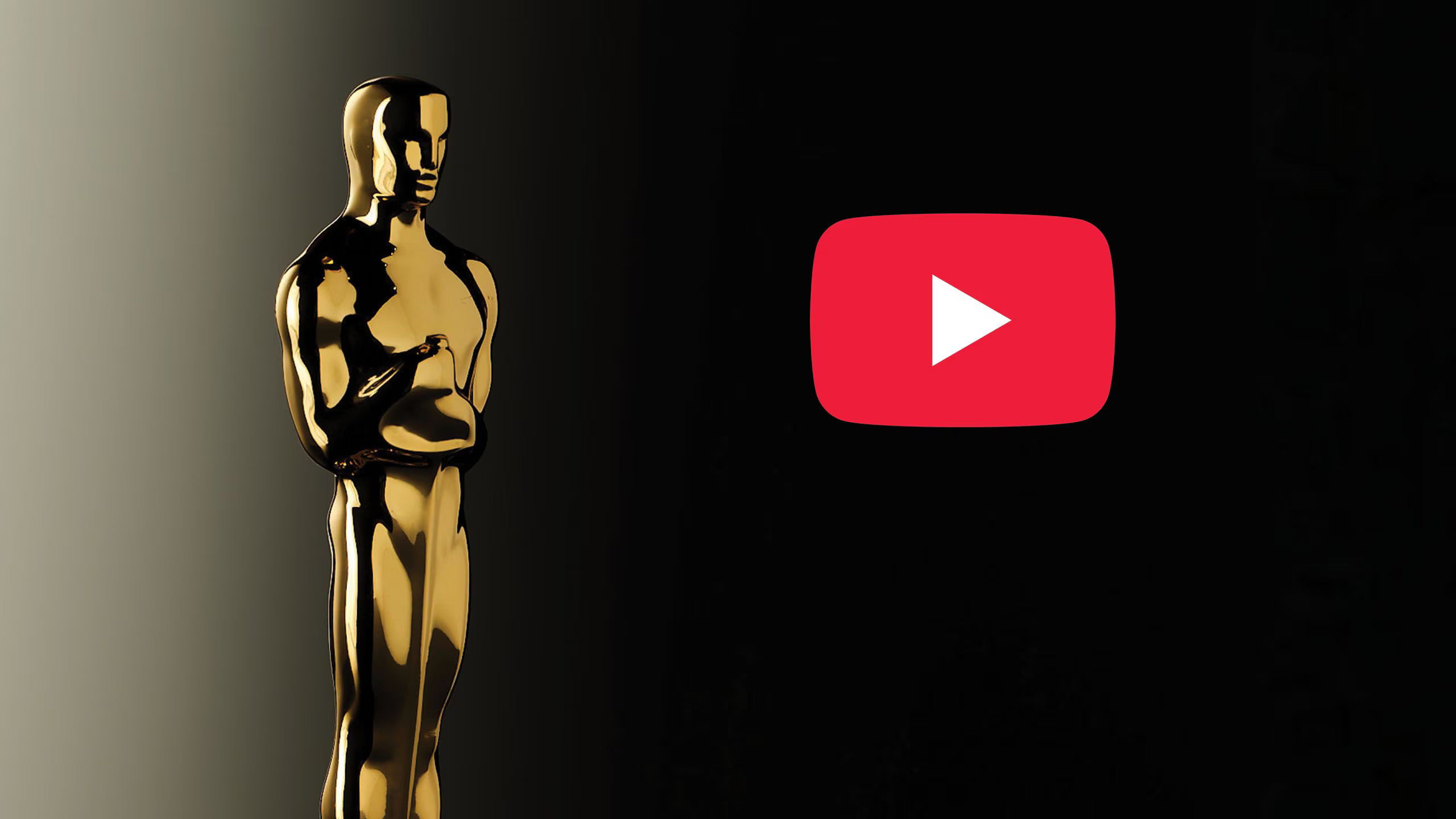Predicting The Future
Predicting the future is a dangerous business. Just ask the folks at TV Technology. One of their November 12 cover stories, "FCC Delays Flag," was written before the FCC voted on the broadcast flag. Very bad business...making predictions...especially for a magazine that purports to deliver news to its readers.
Sometimes you get screwed the other way. In that same issue of TV Technology, the other cover story was "Competitors Cooperate." It told the story of how Sony Systems Integration and A.F. Associates (AFA) were collaborating on CNN’s new facility in New York. Nice filler story about how the work is progressing two months after the deal was made by CNN. The only problem was, nobody told TV Tech that there was a deal in the works for Sony to sell their systems division to AFA. The perils of covering a story with too much lead time.
The trick with predicting the future is to get your predictions right 100% of the time. It is with that warning to other magazines, pundits, and myself that I will predict the future: 2004 will be the year of DTV.
There, I said it. Twelve months from now I’ll either be a genius or an idiot (keep your present day comments to yourself, please).
I’ll make another prediction: We’ll see stations returning their analog spectrum to the FCC for auction in 2006. Not all stations, but a significant number of stations. The transition might not be completed in 2006, but we will be rid of analog before the 2012 and 2020 predictions made when the transition schedule was announced (for the record, my prediction back then was for 2012).
The Science of Prediction
Making predictions accurately involves analyzing current and recent past trends and projecting forward. Here’s what we know about 2004:
In 35 years, our executive editor Ron Merrell has never seen a down year with both a national election and an Olympics. The caveat: stations now have more digital equipment than even before, and that equipment works better and lasts longer than anything stations have had in years past. This could affect new product sales.
In 2004, the FCC will require that 50% of TV sets 36 inches and larger that are sold to have a DTV tuner. In five years, DTV consumer adoption figures are better than color TV, VCR, PCs, and DVDs. The caveat: TV set manufacturers can get around this rule by removing the analog tuner and just selling monitors.
In 2004, we’ll also see digital cable plug-and-play TVs with "cable cards" to allow for premium and pay-per-view services. The caveat: Having digital cable service helps...and satellite, forget about it.
In 2004 we’ll see HD DVDs (we’ve actually seen them before) that can play on more than just a really fast Windows PC using Windows Media 9 (WM9). Next month, Samsung will release a DVD player that plays both regular DVDs and HD DVDs encoded with WM9. If you thought that SD DVDs looked great on an HDTV, wait until consumers get a look at HD DVDs. The caveat: It’s Microsoft--for good or for bad.
Speaking of HD, 2004 will also see DirecTV offering local-to-local HD service to its subscribers (as well as HD PVRs for both DISH and DirecTV). The caveat: HD viewers in smaller markets might not see local HD service via satellite, just the premium HD services.
Getting excited about 2004? I am. DTV sets are everywhere, including at Wal-Mart (conveniently located between the buckshot and the $1.99 CDs).
NAB 2004? That will be exciting, too. Sony and Panasonic are expected to announce great things about XDCAM and P2, respectively. The HDV format (HD recorded on DV videotape using MPEG-2 compression), which is supported by Canon, JVC, Sharp, and Sony, already has one professional camcorder (JVC’s JY-HD10U) with a street price of around $3,000 (yes, HD for three grand). Who knows what HDV might bring come NAB as well as at next month’s CES.
I hate "rah-rah" editorials. They are basically meaningless--meant to help an ailing industry feel better about itself and its future. But this is different. 2004 will really be the year of DTV.
Michael Silbergleid is the editor. He can be reached at msilbergleid@uemedia.com.
The professional video industry's #1 source for news, trends and product and tech information. Sign up below.
